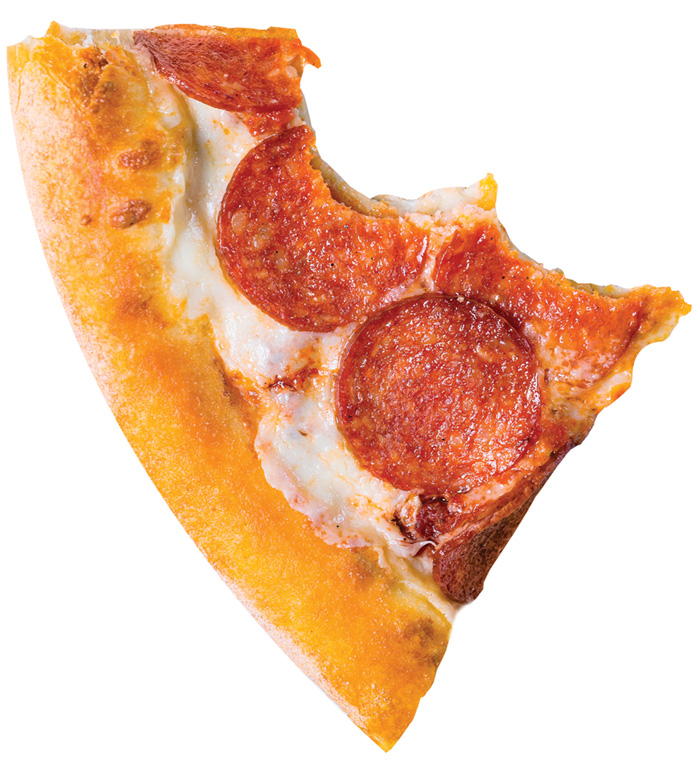A Resilient Restaurant Business Gets Creative With Menus
CONSUMER TRENDS
CPG companies captured a significant share of U.S. consumer food dollars from foodservice during the COVID-19 pandemic (55% in 2020 versus 49% in 2019, according to the 2021 State of the Restaurant Industry report from the National Restaurant Association [NRA]). But it’s important not to underestimate the resilience of the restaurant business.
Despite the foodservice industry’s $240 billion setback, the number of new menu offerings at restaurants/convenience stores is fast approaching early 2020 levels, according to Datassential’s SCORES innovation database. Most important, the percentage of new menu items considered to be unique by consumers is at an all-time high.
As sales shifted further to takeout, delivery, and drive-thru during the pandemic, well-positioned industry giants including McDonald’s, Chick-fil-A, and Domino’s posted positive growth, per Technomic’s Top 500 2021 report. Sales for chicken chain restaurants hit double digits, driven by Wingstop, Popeye’s Louisiana Kitchen, and Raising Cane’s Chicken Fingers. McDonald’s enjoyed a 13.6% increase in first-quarter 2021 U.S. sales; Yum Brands reported 9% same-store sales growth. Chipotle Mexican Grill introduced a Hand-Crafted Quesadilla that is available only via online ordering. Limited-service restaurants now account for two-thirds of restaurant traffic, says Datassential.
New Arrivals
Nonalcoholic beverages, desserts, sandwiches, appetizers, sides, adult drinks, specialty entrées, breakfast pastries, and burgers were the most active new menu item categories from May 2020 to February 2021, per Datassential’s SCORES. After more healthy foods and comfort dishes, diners want more spicy foods, global foods/flavors, plant-based menu items, and functional foods, per Datassential.
Restaurant operators aren’t abandoning animal protein, however. Yum Brands’ fast-casual Habit Burger Grill introduced a Brunch Charburger topped with a freshly cracked egg. And Carl’s Jr. and Hardee’s are redefining value meals; both chains have rolled out a diet-busting Godzilla Burger that features three Angus beef patties, four strips of bacon, and three slices of cheese.
As pandemic restrictions wane, consumers are seeking high-quality dishes that are hard to make at home as well as varied menus when eating out, per Datassential. Dinner, followed by lunch, was the dining out occasion most often driven by those looking for new flavors and new menu items in 2020. In addition, one in five flavor seekers turned to restaurant snacks for experimentation, per Technomic’s 2021 Ignite consumer data report. Bojangles is tapping into the snacking experimentation trend with its Pork Chop Griller Biscuits, which make a perfect snack.
Taco Bell is testing a Cravetarian Taco made with a proprietary pea/chickpea protein combination. Dunkin’s new Coconut Refreshers pairs coconut milk with flavored fruit concentrate and B vitamins.
Global Influences
Nearly one-third of consumers think fusion foods such as Del Taco’s Honey Chipotle BBQ Crispy Chicken Taco and Round Table Pizza’s Street Taco Pizza are a fun but familiar way to try international flavors, according to research by T. Hasegawa.
Seven in 10 adults think global foods are healthier than other options. Japanese tied Mediterranean as the world’s healthiest cuisine, per Datassential. The Cava chain’s Mini Pitas are well-positioned for a light snack with a health halo.
Although kids’ entrées had one of the lowest rates of new menu item launches between May 2020 and February 2021, globally inspired foods such as hummus (up 143%)and brioche (up 83%) are gaining on kids’ menus, per Datassential.
Since COVID-19, half of adults are more likely to mix a restaurant item into their home-prepared meals, the NRA reports. More than half of consumers, including three-quarters of Gen Zers and millennials, say they would order a meal kit if it was offered by one of their favorite restaurants. Six in 10 operators who offered meal kits/take-and-bake items will continue to do so, according to Datassential.



